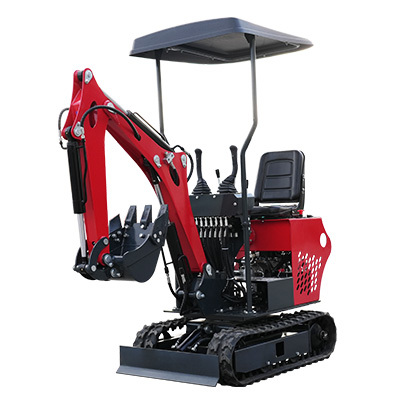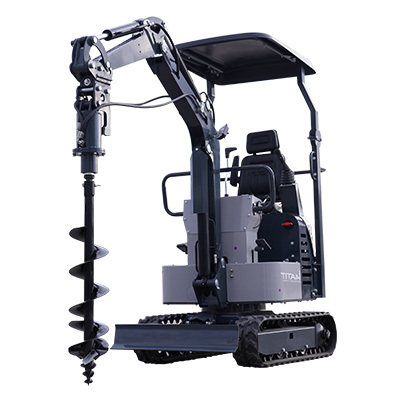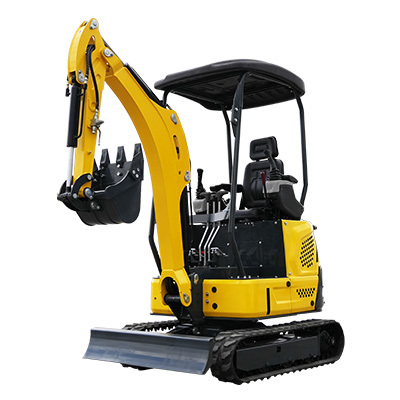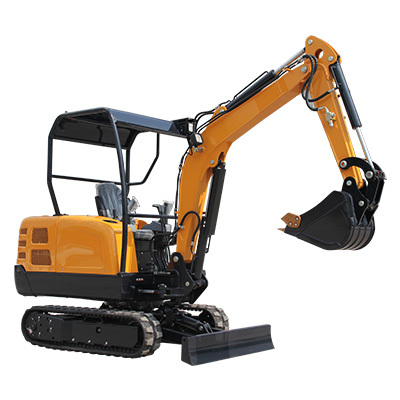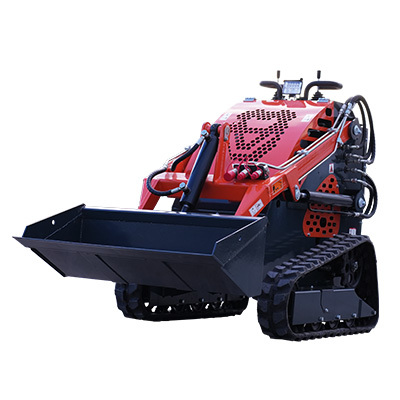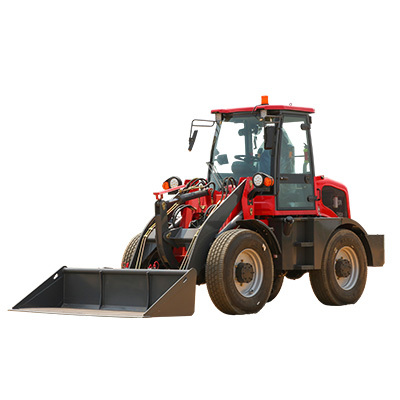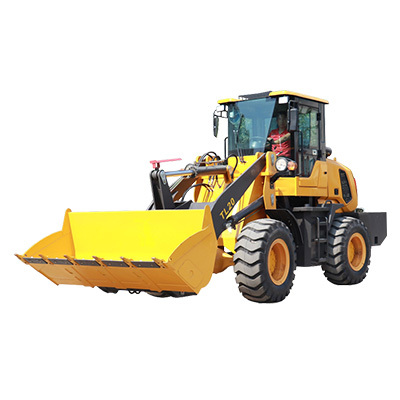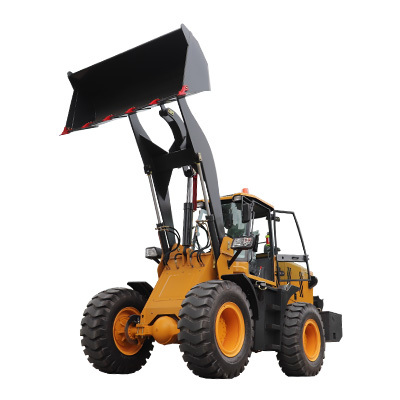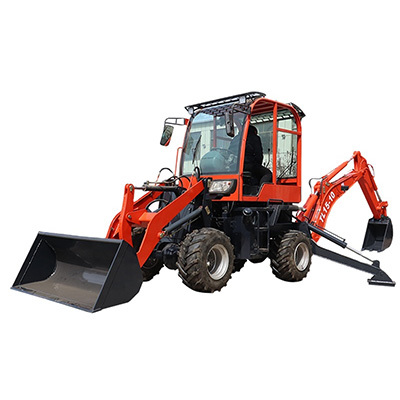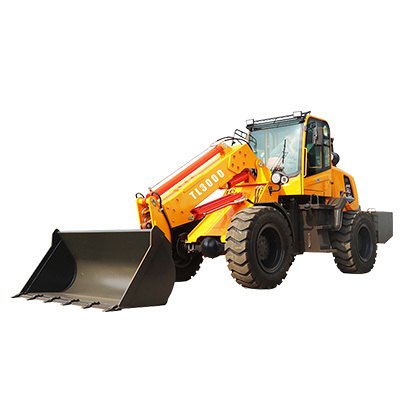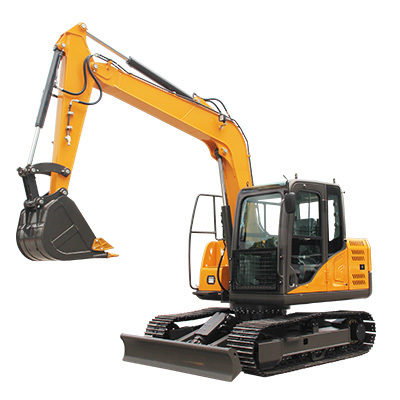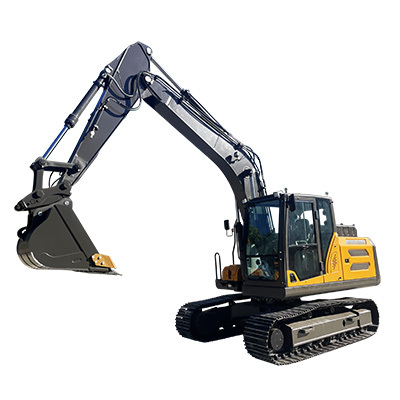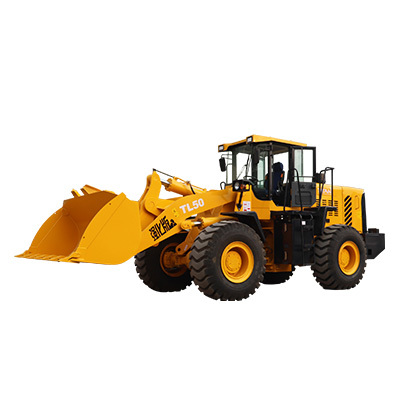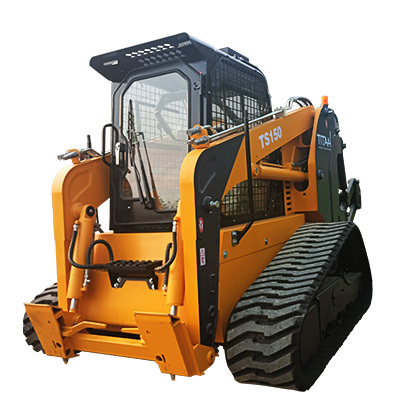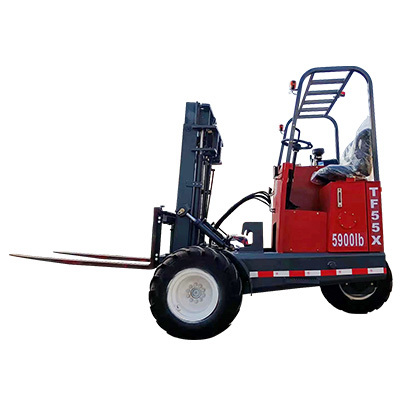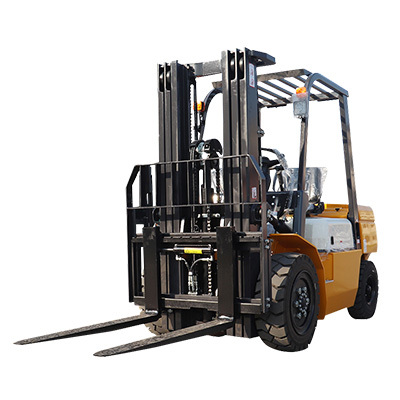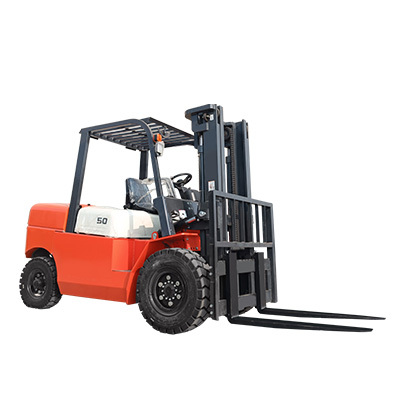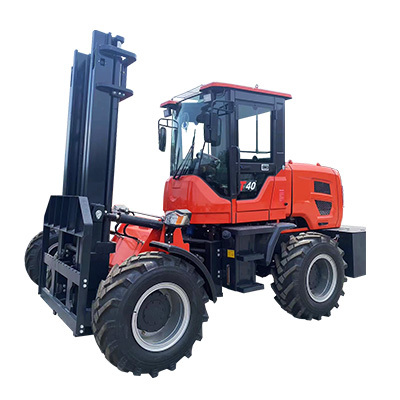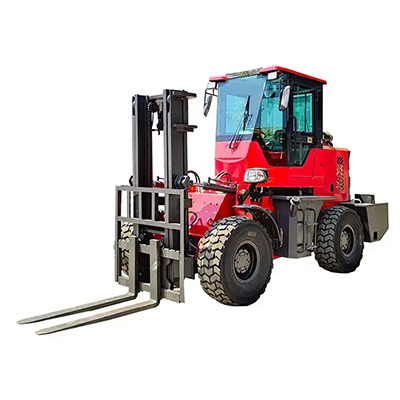The Significant Advantages of Employing Piggyback Forklifts in Freight Transport
Release time:
2025-07-08
Summary
The Significant Advantages of Employing Piggyback Forklifts in Freight Transport
As the logistics industry continues to evolve, companies are continually searching for innovative solutions to enhance their freight transport processes. One such solution that has gained prominence in recent years is the piggyback forklift. This unique piece of equipment offers a multitude of benefits that can signif
The Significant Advantages of Employing Piggyback Forklifts in Freight Transport
As the logistics industry continues to evolve, companies are continually searching for innovative solutions to enhance their freight transport processes. One such solution that has gained prominence in recent years is the piggyback forklift. This unique piece of equipment offers a multitude of benefits that can significantly improve the efficiency and effectiveness of freight transport operations. In this article, we will delve into the myriad advantages of using piggyback forklifts, explore their applications, and discuss their impact on the logistics sector.
Table of Contents
1. Understanding Piggyback Forklifts
2. The Advantages of Piggyback Forklifts in Freight Transport
2.1 Increased Efficiency in Loading and Unloading
2.2 Superior Maneuverability and Versatility
2.3 Cost-Effective Solutions for Freight Transport
2.4 Enhanced Safety Features and Reduced Risk of Injury
2.5 Environmental Benefits of Using Piggyback Forklifts
3. Applications of Piggyback Forklifts in Various Industries
4. The Future of Piggyback Forklifts in Freight Transport
5. Frequently Asked Questions (FAQs)
6. Conclusion
1. Understanding Piggyback Forklifts
Piggyback forklifts, also known as trailer-mounted forklifts, are specialized forklifts designed to be transported on the back of a truck or trailer. This design allows for seamless transportation of goods over long distances without the need for unloading and reloading. Piggyback forklifts can be easily deployed to perform loading and unloading tasks at different locations, making them an essential tool for modern freight transport operations.
The versatility of piggyback forklifts stems from their ability to combine the mobility of a truck with the efficiency of a forklift. This hybrid functionality allows businesses to streamline their logistics processes, ultimately leading to significant cost savings and improved operational efficiency.
2. The Advantages of Piggyback Forklifts in Freight Transport
With an understanding of what piggyback forklifts are, let's explore some of the key advantages they offer in freight transport.
2.1 Increased Efficiency in Loading and Unloading
One of the primary benefits of using piggyback forklifts is the increased efficiency they bring to the loading and unloading processes. Traditional methods often require multiple vehicles and extra labor for loading and unloading goods. However, with piggyback forklifts, the same vehicle can handle both tasks with ease.
By enabling quick transitions between transportation and loading, piggyback forklifts significantly reduce the time spent in transit. This efficiency not only streamlines operations but also enhances the ability to meet tight delivery schedules, a crucial factor in maintaining customer satisfaction.
2.2 Superior Maneuverability and Versatility
Piggyback forklifts are designed to be highly maneuverable, allowing operators to navigate tight spaces and complex job sites with ease. This superior maneuverability is particularly beneficial in urban environments where space is limited. Additionally, these forklifts can handle a variety of loads, making them suitable for different types of freight transport, including pallets, building materials, and oversized items.
Their versatility extends beyond just handling different loads. Piggyback forklifts can be adapted to various terrains, from rugged construction sites to smooth warehouse floors, making them invaluable assets across multiple industries.
2.3 Cost-Effective Solutions for Freight Transport
Investing in piggyback forklifts can lead to significant cost savings for businesses engaged in freight transport. By reducing the need for additional vehicles and labor, companies can lower their overall transportation expenses. The ability to load and unload efficiently also minimizes delays, which translates into decreased operational costs.
Furthermore, the durability and longevity of piggyback forklifts mean that they often require less maintenance than traditional forklifts, contributing to long-term savings for businesses.
2.4 Enhanced Safety Features and Reduced Risk of Injury
Safety is a top priority in any freight transport operation. Piggyback forklifts are equipped with advanced safety features that help mitigate risks associated with lifting and transporting heavy loads. These safety features include stability control systems, automatic braking, and ergonomic designs that enhance operator comfort and reduce fatigue.
By using piggyback forklifts, companies can significantly lower the likelihood of workplace accidents, leading to a safer environment for employees and fewer liability issues for the organization.
2.5 Environmental Benefits of Using Piggyback Forklifts
With the growing emphasis on sustainability, many businesses are looking for ways to minimize their environmental impact. Piggyback forklifts contribute to greener operations by optimizing fuel use. Since these forklifts allow for more efficient transportation of goods, they help reduce fuel consumption and lower carbon emissions.
Additionally, many modern piggyback forklifts are designed with eco-friendly technologies, further supporting companies’ efforts to comply with environmental regulations and improve their sustainability profiles.
3. Applications of Piggyback Forklifts in Various Industries
The versatility of piggyback forklifts makes them suitable for numerous applications across various industries. Some of the sectors benefiting from their use include:
- **Construction**: In construction sites, piggyback forklifts help transport heavy materials, tools, and equipment directly to job locations, streamlining workflows.
- **Retail and Warehousing**: Retailers and warehouses utilize piggyback forklifts to load and unload trucks, manage inventory, and optimize storage space.
- **Agriculture**: In the agricultural sector, these forklifts assist with handling bales of hay, pallets of produce, and other agricultural goods, ensuring timely delivery to markets.
- **Manufacturing**: Manufacturers use piggyback forklifts to move raw materials and finished products, enhancing operational efficiencies and meeting production deadlines.
The flexibility provided by piggyback forklifts allows businesses in these sectors to adapt to changing demands and improve their overall logistics operations.
4. The Future of Piggyback Forklifts in Freight Transport
As the logistics landscape continues to change, the future of piggyback forklifts looks promising. Advancements in technology, such as automation and telematics, are likely to enhance the capabilities of these forklifts even further. For instance, integrating artificial intelligence could improve route optimization, reducing delivery times and costs associated with freight transport.
Moreover, with the increasing focus on sustainability, we can expect to see more environmentally friendly models entering the market. These advancements will not only further streamline operations but also align with the growing demand for sustainable practices in the freight transport industry.
5. Frequently Asked Questions (FAQs)
1. What are piggyback forklifts used for?
Piggyback forklifts are used to load and unload freight from trucks, improving efficiency in transportation and logistics operations.
2. How do piggyback forklifts increase safety in freight transport?
They are equipped with safety features like stability control and ergonomic designs, reducing the risk of accidents and injuries during material handling.
3. Are piggyback forklifts cost-effective?
Yes, they help reduce labor and transportation costs by combining the functions of a truck and a forklift into one vehicle.
4. Can piggyback forklifts operate on different terrains?
Absolutely, piggyback forklifts are designed for versatility and can operate on various terrains, including construction sites and warehouses.
5. What industries benefit from using piggyback forklifts?
Industries such as construction, retail, agriculture, and manufacturing benefit from the efficiency and versatility of piggyback forklifts in freight transport.
6. Conclusion
The use of piggyback forklifts in freight transport presents a multitude of advantages that can transform logistics operations. From increased efficiency and cost-effectiveness to enhanced safety and environmental benefits, these specialized forklifts are an invaluable asset in the ever-evolving landscape of freight transport. As technology continues to advance and sustainability becomes a priority, the role of piggyback forklifts will likely expand, ensuring they remain a critical component of efficient and effective logistics solutions. Businesses that recognize and implement these innovative tools will undoubtedly gain a competitive edge in the industry.
More News
Compact Construction Equipment manufacturer
2025-12-09

